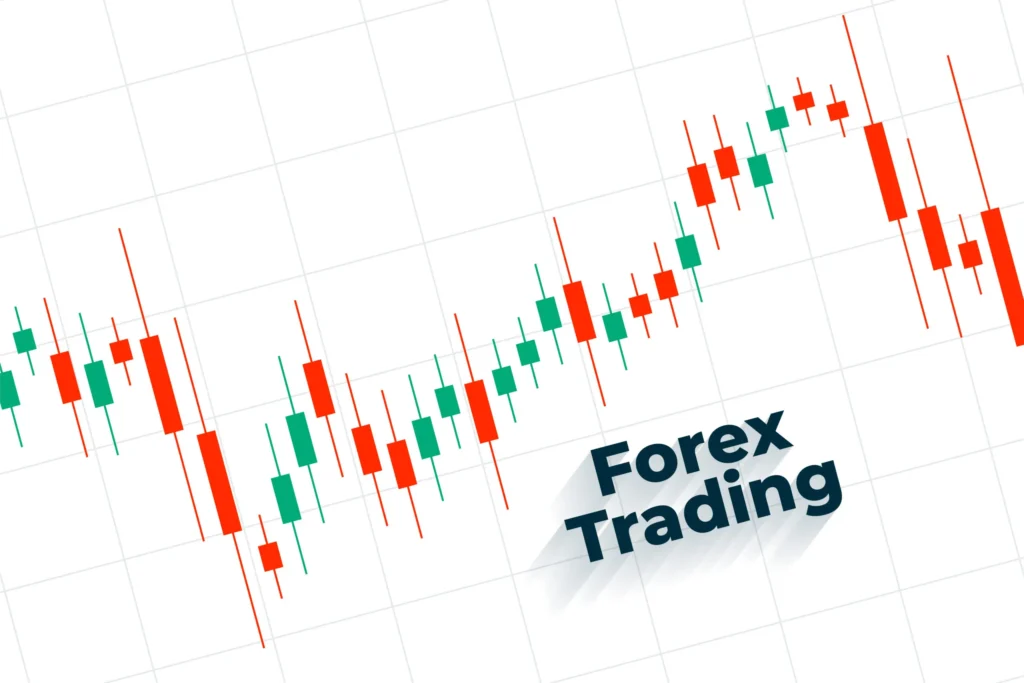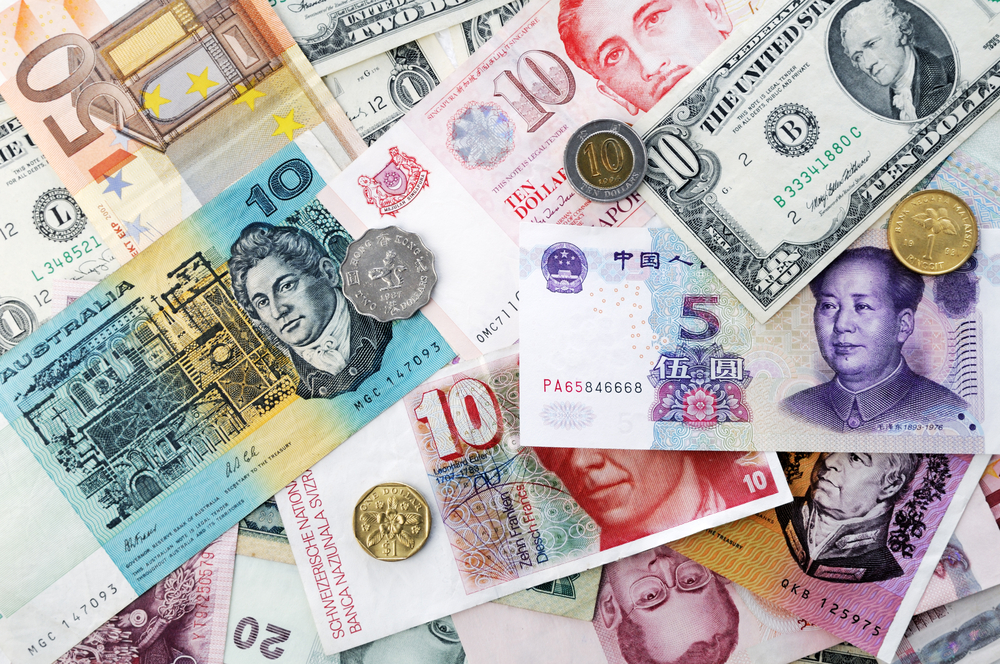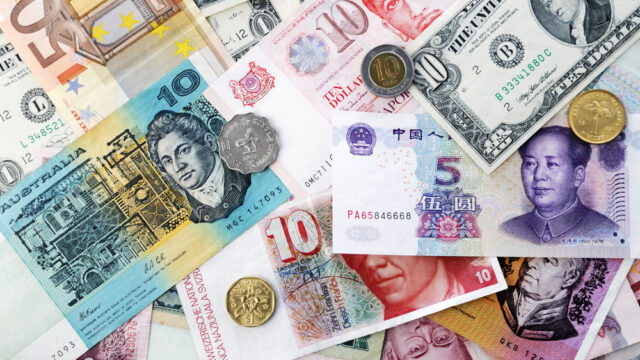The Nepal Rastra Bank (NRB), the country’s central bank, has released the latest foreign exchange rates for today, providing critical insights for individuals and businesses engaged in foreign trade, travel, remittances, and other international transactions. The exchange rates, which fluctuate daily based on the foreign exchange market dynamics, reflect Nepal’s monetary position with respect to a wide range of foreign currencies.
As per the data issued by NRB, the buying rate of one U.S. Dollar has been fixed at NPR 136.38 while the selling rate stands at NPR 136.98. The U.S. Dollar continues to be the most significant foreign currency for Nepal due to its dominant role in global commerce, international remittances, and reserves.
In the European market segment, the Euro, which is widely used across the Eurozone, has a buying rate of NPR 155.40 and a selling rate of NPR 156.08. Similarly, the British Pound Sterling, known for its strength in the global market, has been pegged at NPR 181.41 for buying and NPR 182.20 for selling. These currencies are particularly important for trade with the European Union and the United Kingdom, as well as for education and tourism-related transactions.

Other major global currencies have also seen updates. The Swiss Franc, considered a stable currency often used for international savings and reserves, is set at NPR 165.58 (buying) and NPR 166.31 (selling). Meanwhile, the Australian Dollar is valued at NPR 87.37 for buying and NPR 87.76 for selling, and the Canadian Dollar is being traded at NPR 98.59 (buying) and NPR 99.02 (selling). The Singapore Dollar, significant in the context of Southeast Asian trade and financial hubs, is quoted at NPR 104.00 (buying) and NPR 104.46 (selling).
For Asian currencies, the Japanese Yen remains a crucial component of the region’s financial exchanges. The rate for 10 Japanese Yen has been fixed at NPR 9.61 for buying and NPR 9.65 for selling. The Chinese Yuan, reflecting Nepal’s growing trade ties with China, is pegged at NPR 18.71 (buying) and NPR 18.79 (selling).
From the Gulf region, where a large number of Nepali migrant workers are employed, exchange rates are of particular interest. The Saudi Arabian Riyal stands at NPR 36.36 (buying) and NPR 36.52 (selling), while the Qatari Riyal is valued at NPR 37.31 and NPR 37.48 for buying and selling respectively. The UAE Dirham, another key currency for remittances, is being traded at NPR 37.13 (buying) and NPR 37.29 (selling). Similarly, the Omani Riyal has a buying rate of NPR 354.24 and a selling rate of NPR 355.80, reflecting its continued strength.

Further rates include the Malaysian Ringgit at NPR 31.06 (buying) and NPR 31.20 (selling), and the Thai Baht at NPR 4.09 (buying) and NPR 4.10 (selling). South Korea’s Won is also included in the daily rates, with 100 Won set at NPR 9.59 (buying) and NPR 9.63 (selling), signaling increasing trade interactions with the East Asian economy. Among the Scandinavian currencies, the Swedish Krona is fixed at NPR 14.23 for buying and NPR 14.29 for selling, while the Danish Krone is valued at NPR 20.82 (buying) and NPR 20.91 (selling).
The NRB has also published rates for other currencies that have relevance to niche markets and bilateral economic ties. The Hong Kong Dollar is pegged at NPR 17.58 (buying) and NPR 17.65 (selling). The Kuwaiti Dinar, the highest-valued currency in terms of exchange rate with the Nepali Rupee, is being traded at NPR 445.31 for buying and NPR 447.27 for selling. Additionally, the Bahraini Dinar stands at NPR 361.83 (buying) and NPR 363.42 (selling).
Closer to home, the Indian Rupee Nepal’s closest and most interlinked foreign currency – is fixed at NPR 160.00 for buying and NPR 160.15 for selling per INR 100. This fixed rate plays a vital role in cross-border trade, tourism, and general economic activities between Nepal and India.

The central bank has clarified that while these rates are officially set for today, they are subject to revision based on market conditions and the demand-supply balance of foreign currencies. NRB has the authority to amend these exchange rates at any time if needed to stabilize the economy and manage foreign exchange reserves.
Moreover, the NRB has pointed out that commercial banks may offer slightly different exchange rates based on the open market mechanism. The public is encouraged to consult individual banks or the NRB’s official website for real-time and updated exchange rate information before making any currency-related transactions.
The foreign exchange rates released by the Nepal Rastra Bank serve as a vital benchmark for financial institutions, importers, exporters, travelers, and remittance receivers. These rates not only influence the national economy but also directly impact household finances, especially in a remittance-dependent country like Nepal. With global currencies constantly fluctuating, staying updated with the official rates is crucial for informed financial planning and secure economic transactions.






